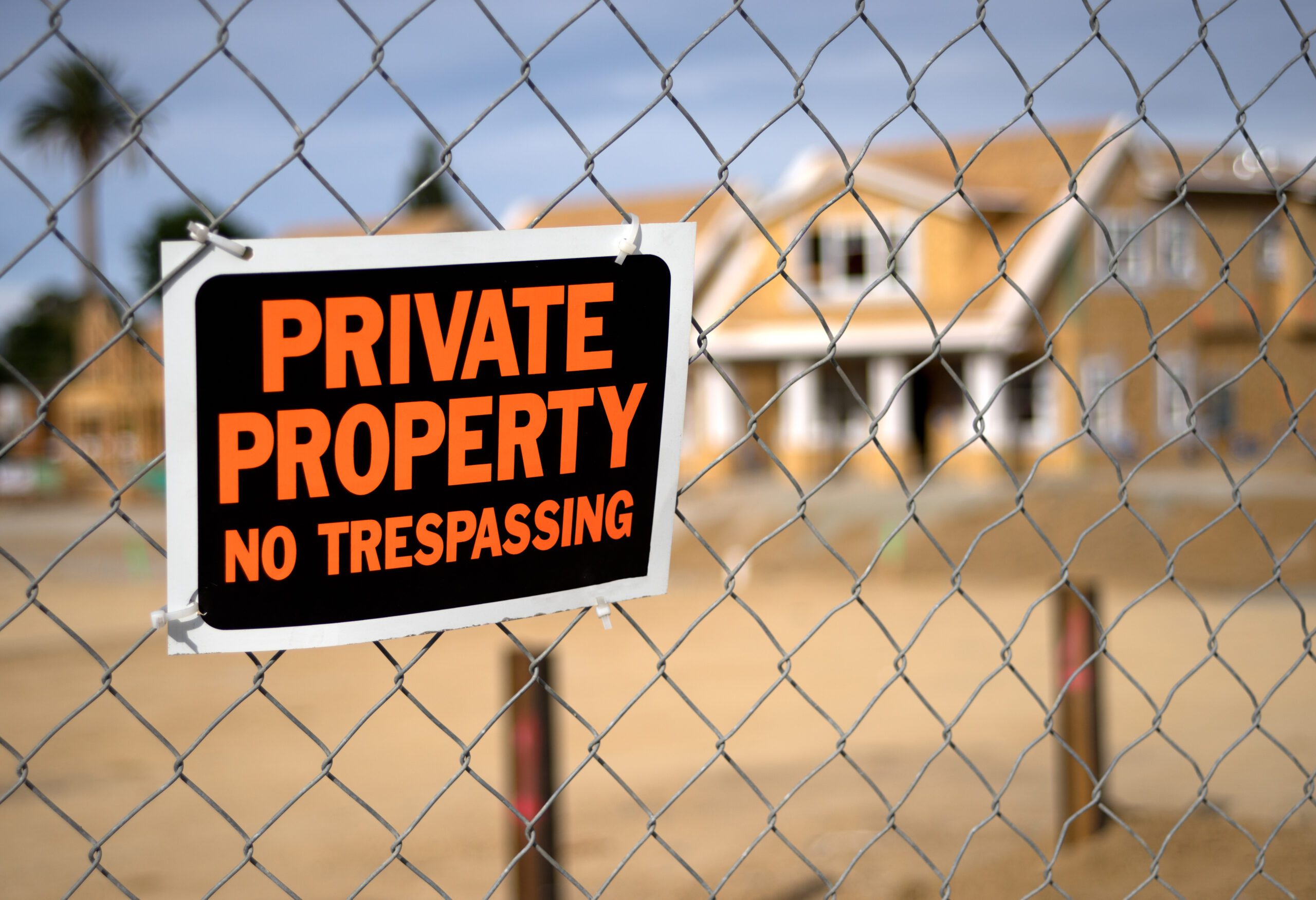
The law of eminent domain is a topic that, by its very nature is controversial, and many New Jersey residents would likely agree. Even the founding fathers who included it in the Fifth Amendment were leery of its misuse, clearly indicating with the words “without just compensation” that the takings clause is not to be used lightly. Government entities can indeed take private property for the good of the general public, but not without first proving the benefits and fairly compensating the property owner. Although initially intended to limit the seizure power of the federal government, these rights were extended to states through later court cases.

The Supreme Court upheld the expanded application of the law to both state and local governments in the landmark “Kelo v. City of New London” case. The split court decision is seen as a “radical expansion of the public use requirement,” according to a legal analyst, where once it was used mainly to build roads, parks and other types of public-use projects. The contentious decision essentially gives the green light to private developers to seize property if they can prove a project will benefit the public. In the Kelo case, it was seized to provide Pfizer, a drug maker, room to expand its facility and for other uses. This decision has sparked a citizen movement against such a broad application of the law.
However, the law’s use in aiding the public is also important, and perhaps best shown in the ongoing battle between the state of New Jersey and beachfront property owners in Margate. According to news organization NJ.com, the state wants access to easements on 87 properties to build dunes as storm protection. The U.S. Army Corps of Engineers has developed a plan to replenish beaches that were eroded by 2012’s Hurricane Sandy and also protect against future storms. As the legal struggle continues to play out in court, there are many eyes turned to the outcome and what it may mean for the ongoing use of eminent domain.
" * " indicates required fields